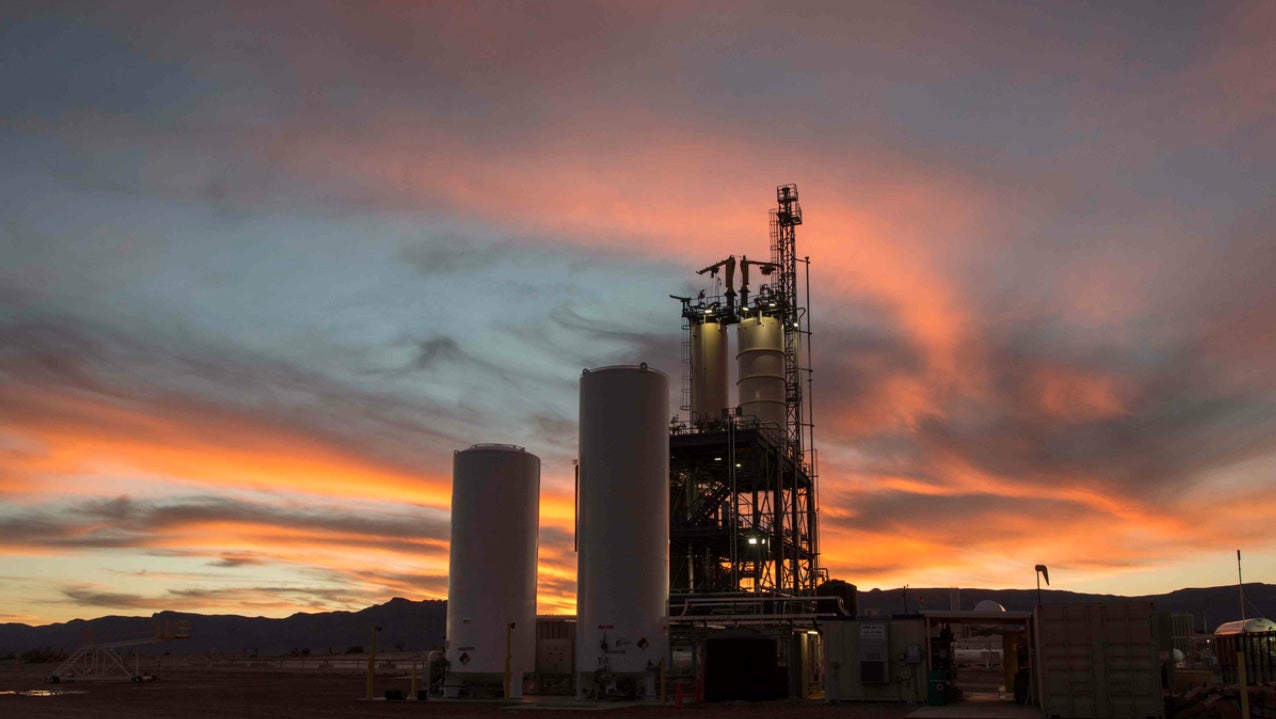Venus and friends on display
ListenVenus is VERY bright after sunset; at its brightest for the year tomorrow. Don’t miss it. Nothing is ever this bright. Also great month to get a sense of what Jupiter looks like – rises by 7 p.m. and is up all night. Highest at midnight. Jupiter, Saturn, and Mars all easily visible at 6 on a clear morning. Geminid Meteors – Friday/Saturday/Sunday nights but bright moon all night severely hampers easy viewing. Amazon CEO Jeff Bezos has thrown his space helmet in the ring as a potential supplier of launch services for NASA ferrying supplies and astronauts to International Space Station.
December 9, 2013
[Dave Heller] Turns out delivery-by-drone isn’t Amazon CEO Jeff Bezos’ only transportation idea. Let’s secure some air space with Derrick Pitts, chief astronomer at the Franklin Institute. And Derrick, let me correct myself right from the onset: It’s actually out of this world airspace.
[Derrick Pitts] It is indeed that we’re talking about here with Bezos. Bezos is one of those modern entrepreneurs who has a ton of money burning a hole in his pocket and he wants to realize a dream, probably, from his childhood which is how do I get access to low Earth orbit? So what Bezos is doing, very much like Elon Musk has with SpaceX, is he’s partnered with NASA as part of their commercial crew development program in which he has a company named Blue Origin that is developing launch capability to carry supplies and eventually astronauts up to low Earth orbit, specifically to International Space Station.
What’s in it for NASA, what’s in it for Bezos?
Well of course what’s in it for NASA is that they can outsource the easy work of launching pizza and toilet tissue into Space Station, and eventually astronauts. But what’s in it for Bezos is, hopefully is, a business model that generates revenue for him. If NASA outsources the easy launch capability of things like communication satellites and weather satellites and all that sort of small potatoes stuff, there’s an opening in the market for someone like Bezos. Currently in the U.S. this market is about 6 billion dollars, and it’s a pretty closed market between Lockheed Martin and Boeing. So what he and others hope to do is be able to crack into that market, especially considering that there is an effort to develop low Earth orbit accessibility capability for private industry, specifically in the realm of space tourism. Although some people might poo-poo that idea, it’s still coming on hard and fast.
Will future colonizers on the moon and Mars get free shipping?
Only if they buy a certain number of books and CD’s, especially through Amazon!
-

The sun sets over a test stand at Blue Origin’s West Texas facility. Photo credit: NASA
Let’s come home and look aloft. A full moon this week isn’t that great, but doesn’t portend well for those trying to check out the Geminid meteor shower later this week.
Yeah, the largest meteor shower of the year nowadays is the December Geminid meteor shower. Peaks around the 13th or 14th of every year, and while the level of activity could be as high as 120 meteors per hour, the conditions you really need for it are a clear dark sky. And dark meaning no moon, or hopefully the moon sets early in the evening. In this case, this weekend coming up, the moon sets pretty close to sunrise or just before sunrise. So that means that bright moonlight is available all night long, and that severely hampers observing these meteors. No matter what your normal ambient sky conditions are, whether you’re a city observer or a rural observer, you still have to deal with the moonlight. That makes this year’s shower unfavorable in terms of ease of observing.
Ah, but if we open the calendar from the week to the month of December …
… we get a different story entirely. Turns out that this is a really great month to be able to learn and identify, observe planets. We start in the evening sky after sunset with Venus over on the southwestern horizon. It is brilliant. It reaches its greatest brilliancy for the year tomorrow, and it’s actually as bright as Venus can ever get. So it’s difficult to miss this object — it’s bright, white steady light, you can’t miss it. It’s up for several hours after sunset, so any clear evening you can’t miss it. But that’s just the beginning.
Ah, other non-twinklers?
There are. Coming up on the eastern horizon about two hours after sunset is the largest planet of the solar system, Jupiter. Now because it’s coming up so early, that means it’s available all night long. It’s high in the south, southwestern sky by sunrise by 6 a.m., but by then it’s joined by three other planets. First is Mars; you’ll find it high in the eastern sky, almost in the southeastern sky at 6 a.m. Down below it toward the horizon you’ll find both Saturn and Mercury very low. Saturn is almost do-able, Mercury’s a real challenge this week because it is getting so much closer to sunrise. But just imagine: From evening just after sunset through into the morning sky you can do the Venus observation in the evening after sunset, and if you’re up at 6 a.m., you can see at least Jupiter, Mars and Saturn in the predawn sky.
Now the really cool thing about this is that all of these planets are either easily available or really bright. So if you’ve been challenged by being able to identify them because you haven’t had the opportunity to see them, they’re up at an inconvenient time, they’re not bright enough, well this is the month to really clear that up. Because the cool thing about recognizing planets in the sky is once you’re able to distinguish one from another — you know first thing being that planets twinkle and stars don’t, the second being that individual planets have their own individual appearance of either brightness or subtle color difference — once you get used to what they look like, say three times a week for the rest of this month, you’ll never mis-identify them again. And you’ll always remember what they look like in the evening sky. So even if you can’t identify any of the other stars, you will be able to identify planets really, really easily. Five minutes of observation three times a week for the next three weeks, you’ll be an expert.
And if you want something really cool but you’re worried about getting really cold, you can stay indoors.
You know one of the great things that has come to us from the space station missions are the really wonderful views of Earth from space. With the advent of digital imaging, astronauts have been able to put together really extraordinary views of the Earth from space. And it gives a remarkable vantage point that sort of changes how we think about the Earth when we see it like this. There’s a new time-lapse video of the Earth from space using images from Expeditions 29, 30 and 31. These are time-lapse sequences looking both down at the Earth and looking at surrounding space from International Space Station. It is absolutely stunning. It’s remarkable and if you don’t like space at all, if you’re not a space enthusiast, you have to be an Earth enthusiast at least. And so this is really beautiful imagery that will really sort of move you. And it’s worth taking a look at, it’s only two and a half minutes long. I highly recommend it.
WHYY is your source for fact-based, in-depth journalism and information. As a nonprofit organization, we rely on financial support from readers like you. Please give today.




